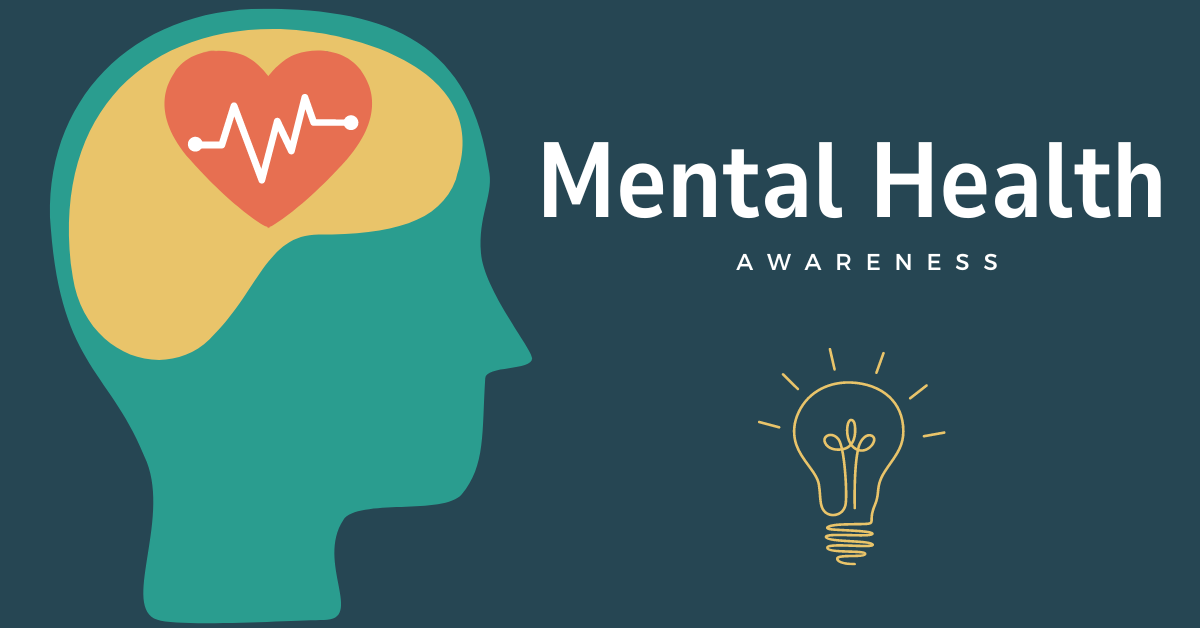Manual’s Black Student Union (BSU) was the first to appear in the Jefferson County Public Schools system, and since its creation, it has led to the development of many other BSUs and a greater emphasis on communal spaces for students of color.
Manual’s BSU was founded in the 2013-2014 school year, and its current president is Lydia Mason (12, MST). Before the organization reached its success that it has today, the concept of the club existed as just an idea in the mind of Jahné Brown (Class of 2016), a current first-year student at the University of Chicago.
“I was having this negative experience at Manual for a while because I was one of the only black students in my classes, where I faced a lot of microaggressions from classmates and faculty,” Brown said.
Brown had the opportunity to communicate her personal experiences to a few of her classmates during her sophomore year when her journalism class had a project on how to resolve an important issue in America. She said her project focused on the struggles that black students face in public schools, and her proposed solution was to develop more spaces for students of color to establish community in the public setting.
Brown said that her teacher, Mr. James Miller (J&C), encouraged her to present her idea to Manual’s site-based decision making council (SBDM). She found that as she began to undertake the task, several other students of color began to come forward expressing the same concerns that had prompted her effort.
“A lot of other black students shared with me that they had really similar experiences, so I felt a responsibility to go ahead and get the Black Student Union started,” Brown said. “Something that I struggled with was that a lot of the white students would say things like, ‘Oh, I like people like you—you’re black, but you’re not black-black,’ or ‘you’re so smart, you don’t really speak black.’ They were really confused about how I could be so smart and well-spoken and also black.”
However, the council did not come to an easy consensus regarding the Black Student Union proposal. Principal Jerry Mayes said that he was upset that students were facing such issues in the school community and had reservations for allowing the club because he was worried it would only be more exclusive to the student body at large.
“The only thing that bothered me was, just by the title, it wasn’t very inclusive,” Mayes said. “I try to be fair and equitable to everybody, so when I see a designation just for black students, then that keeps people out.”
In their own statement though, Black Student Union representatives explain that they focus on a variety of societal issues in order to get the most points of view to represent their members and community and to deteriorate stereotypes.
“The goal of Manual’s BSU is to achieve intersectionality and help promote equity,” said Kyra Welch (10, HSU), one of Manual’s BSU vice presidents. “To me, it means learning what the school system doesn’t want to teach you in fear of an uproar or a disturbance because they don’t want people to learn what America has been trying to make us forget. It also means accepting who I am even though society has given anything dark or black a bad reputation.”
Many of Manual’s BSU members expressed the importance of having a space where they could be with others who understood the specific issues that they are going through and that are tied to their race.
“I joined Black Student Union in my sophomore year, and ever since then I’ve loved the idea of it because it actually made me feel included,” Quintez Brown (11, HSU) said. “The reason why it’s so important at Manual is because Manual is a predominantly white school where black people make up a small portion of the population. So, when I go to the Black Student Union, there are more people around to understand me, and I can have a space where I can share stuff that I really can’t share with other people.”
Jahné Brown said that the initial goal of Manual’s BSU from the outset was to provide a safe space for black students to examine social and political opportunities for activism.
“We try to educate and give support where it is needed most,” Welch said. “We hold viewings and marches, and we also encourage our members to go to community-held events. Last summer, we held an event that started as a vigil and ended as a march protesting police brutality.”

At meetings, BSU members gather in a forum-style discussion to review the current social and political events occurring in the country and world that are relevant to their cause for racial equality; debates that have developed from within the black community, such as skin tone preference and dating outside of one’s race, are also common speaking points.
Throughout the national and Louisville community though, there are critics who say that black student unions should not exist within public schools because they only serve to increase racial divisiveness and tensions.
“The Black Student Union is not trying to divide people–anyone’s welcome to a Black Student Union meeting,” Quintez Brown said. “It’s really trying to increase unity. When you’re black and you’re around a lot of white people, you may actually want to seclude yourself, but if you feel more included, then you may be more willing to talk to more people, and that builds intersectionality.”
“The Black Student Union can be very effective as a mobilizing force for the black community in our school because a lot of times when you’re the only black person in a group, you feel like your voice doesn’t really matter, so you can’t really bring up the fact that something bothers you,” Marshall Washington (11, HSU) said. “Having a Black Student Union provides forces and a support group around you that can help you give forth the idea that this isn’t okay.”
Several members of BSU said that microaggressions of a more subtle type of racism have become common experiences, and as a result, Manual’s BSU attempts to address them.
“I’m very good at changing to whatever environment that I’m in socially. The majority of my friends are white, and a lot of times the racial impact of that is quite obvious. Racial jokes fly back and forth, and a lot of times black people don’t really feel like they have the power to fire back. They think it’s just joking and friendly, and while it is most of the time, if it’s just constantly berating you, it can eventually hurt,” Washington said.
With the recent election of a presidential administration that has made a plethora of comments and laws that are directly impacting minority groups in the country, BSU members said that this new political and social climate is playing a role in their activism and is establishing a new precedent of importance for their organization.
“We have been taught since primary education that all of our racial issues just somehow evaporated in the 1960s with Dr. King, and that’s not the case at all . . . especially after the election of Barack Obama, I had thought that we were living in a post-racial world, but the election of Donald Trump has exhibited that we are still living in a world where racism is still very much prevalent,” Evan Farmer (11, MST) said.
“Sometimes people fear what they don’t understand,” Quintez Brown said. “Black Student Union helps you understand why these events happen, and when you have understanding, you can make a change. But you have to organize, and Black Student Union is an organization that allows you to make a change instead of just walking around confused, ignorant and lost.”
“The election of Donald Trump was the best thing that could have happened to the black community because now we are seeing kind of a widespread awakening that we have to take action and that the fight is not over,” Farmer said.
Welch said that the July Black Student Union vigil at the Carl Braden Memorial Center was one of pinnacles of her experience with Manual’s BSU so far.
She said that the rally was only meant to bring awareness to the deaths of Alton Sterling and Philando Castile, however, it turned into a protesting march against police brutality. She had the opportunity to lead the front of the crowd in chants of “no justice, no peace, no racist police” and “they think it’s a game, they think it’s a joke, it’s not a parade; the system is broke.”
Welch said that the event was a new beginning in the BSU community’s activism toward racial equality and justice.
“I certainly felt the strength in numbers; I felt so rebellious and like I was actually making a difference,” Welch said about the rally.
As Manual’s Black Student Union moves into a new era of activism and support, the organization continues to look into outreach opportunities to unite the various communities of our school both in knowledge and participation.
“I think for one thing, the Black Student Union has given students a platform or a place to speak about some things where there wasn’t the threat or retribution,” Mayes said. “I think it’s brought just another awareness to the diversity we have in the building, and I think it’s also served as a way that those students know that we recognize them and we do support their cause as within the context of this building.”
“If you truly want to support Black Student Union, come, pay attention, provide your input and provide your outlook because it’s very valued. We want to get all people’s opinions and viewpoints in it, so come and be really helpful to the meeting,” Washington said.
“Nowadays, whenever you hear the word ‘black’ associated with anything, like Black Student Union or Black Lives Matter, it’s almost like rather than a uniting force for a cause, it’s more of a divisive force between two communities—they see it like a battle of the races, but it’s not. I definitely encourage all people to engage in Black Student Union; it’s a movement, not some sort of battle cry,” Farmer said.




